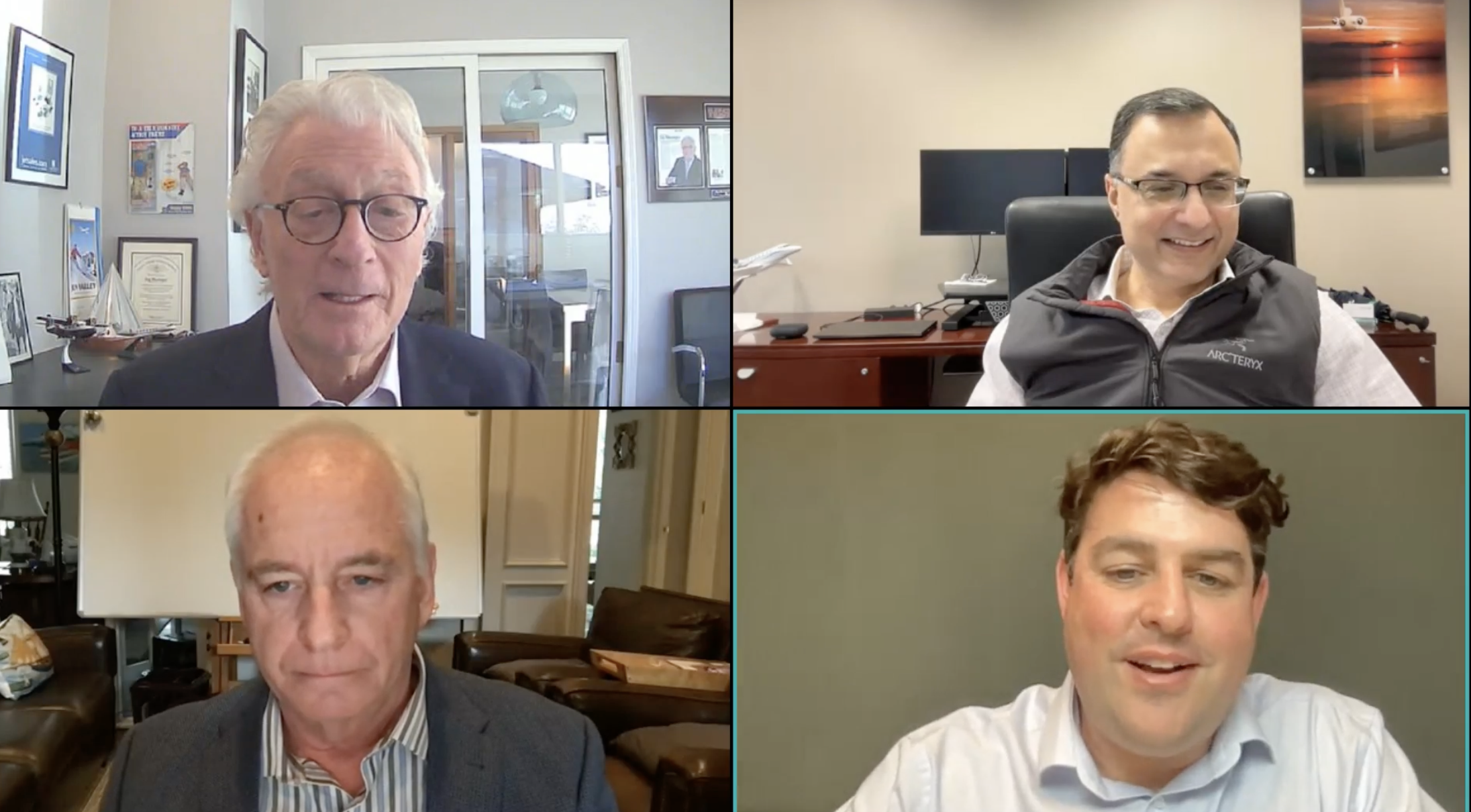
After business aviation busted predictions of doom and gloom for 2023, experts are optimistic for 2024.

Four business aviation experts are bullish on 2024 after the industry beat naysayers’ predictions for a gloomy 2023.
In fact, Goldilocks might say that the year is set up to be “just right.”
The optimism comes after prognosticators had forecast gloom for the year that was.
The Russian invasion of Ukraine would both hurt demand and flood the preowned market with around 150 aircraft, depressing prices.
A recession in the U.S. would hurt demand.
New flyers, who started because of Covid, would stop.
Inflation and rising interest rates would make owning and financing aircraft purchases too expensive.
Flight providers’ financial struggles and failures would spook consumers who pay six and seven figures in advance of their flights.
None of that came to fruition, say the experts.
Three weeks into 2024, flight activity is 5% below 2023 but still 18% ahead of 2019.
Asked about the rising costs of owning a private jet, Vivek Kaushal, CEO of Global Jet Capital, told listeners of NBAA’s Thought Leadership Webinar, titled, 2024- Keeping it Real, “It hasn’t had a noticeable impact on our portfolio. The kinds of clients we have are just extremely well-heeled. If the market went down 10%, they’d no longer be worth $500 million, but they’d now be worth $450 million. Fluctuations and cost don’t make a difference.”
Rollie Vincent of Rolland Vincent Associates said a bifurcation of inventory is buoying the preowned market. New aircraft, low-time aircraft, and jet types still in production are doing well.
Corporate Jet Investor Editor Alisdair Whyte told the audience that a drop in demand in the charter market was good for the bottom line of fractional operators and is stabilizing the jet card market.
Whyte said, “I think if you look at the business model for most of the fractionals, a 10% drop in traffic for them is probably worth 5% profit. The fractionals work better when they do not have to (go off-fleet to) charter (when there is too much demand). Obviously, it’s going to be a peak day, but I think during the peak demand of 2022 and 2021, the fractionals were having to source charter (and) pay huge rates. We saw that. I think a little bit of drop in charter (demand) is good for them.”
Vincent said of NetJets letters of intent for up to 1,500 jets from Textron and 250 from Embraer, “These are long-term signals into the market…I think it’s an endorsement of the business model in fractional…People are in for the long-term.”
Kaushal added, “I think the rise of fractional actually is a really good thing for the industry as a whole. It pulls in customers, and it also results in customers converting and upgrading up into a whole aircraft.”
Speaking about membership programs, Whyte said, “I thought a lot of the jet cards were going to get in trouble two years ago when they were having to pay for charter at a much higher cost than (the contracted rates they were charging customers) where it was often uneconomical for them to book (flights for customers). They got through that.”
Asked about Vistajet, following Monday’s article in The Wall Street Journal, Whyte said, “VistaJet has got a lot of debt, but it’s also got a lot of assets. It’s basically an airline, and I think we need to look at Vista as an airline, and airlines have lots of debt. It’s not a surprise they’ve publicly issued a $500 million bond at the start of last year.”
He added, “I don’t see (it) failing. As you look at what happened to Wheels Up, which admittedly was a close-run thing at the end, Wheels Up got three fantastic investors, now five I think came into it.”
He noted, “You should look at (Vistajet) like an airline, and it’s a large airline, and if anything happened, I could see it just coming up with a new owner. I’m much more bullish on it, but I was talking to someone yesterday who’s convinced it’s going to go under. I think it’s a large airline, and it’s got debt. It’s also got a lot of cash coming in now.”
In terms of its strategy, he pointed out, “Vistajet spent years building its capacity. It’s almost like a mobile phone company. They go in, and they build it. They build the global capacity, then they fill it.”
Whyte said Vistajet, fractional players, and jet cards all stand to benefit from jet-shaming by climate campaigners, particularly in Europe.
“I’m much more bullish this year than I was two years ago when the market was booming,” he noted.
Vincent, Whyte, and moderator Jay Mesinger of Mesinger Jet Sales said the industry also benefits in that many customers simultaneously use multiple solutions.
Vincent noted, “I don’t think of these markets as unique and completely like pillars. Fractional customers come out of whole ownership, and vice versa. Sometimes, they’ll have a jet card; sometimes, they’ll fly United in the front of the airplane. We all want to put things in boxes because it’s easier for us to think that way to put things in boxes.”
Still, the quartet said 2024 will have plenty of headwinds.
Vincent said, “We need to focus where we have been focusing, and that’s getting our suppliers up to the speed we need them to be at. That includes the talent pipelines, getting more and more people excited and interested in this industry.”
Executives at large airports already facing capacity issues are likely to offer up private jet bans to placate climate protestors, and elections this year in Europe could bring to power more political leaders who are campaigning to restrict business jet flights.
There is also the potential of expanding wars in Ukraine and the Middle East, posing a risk.